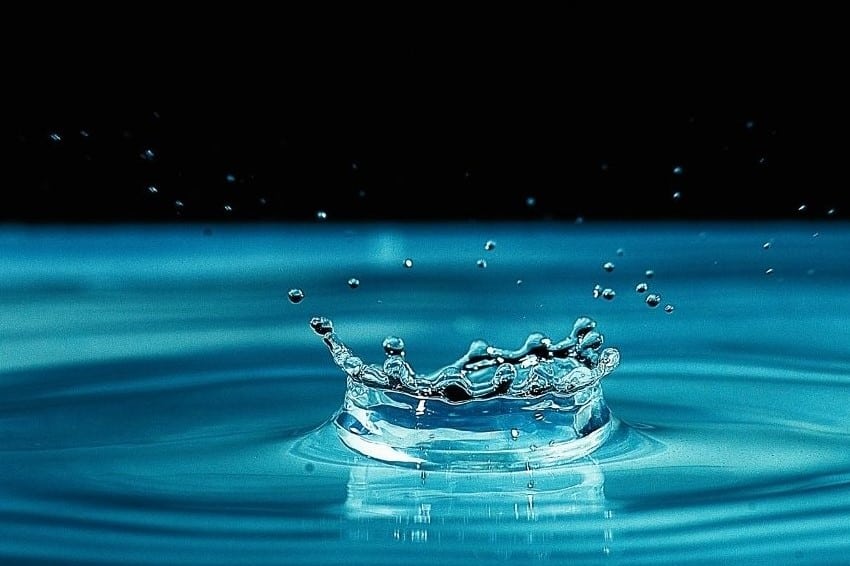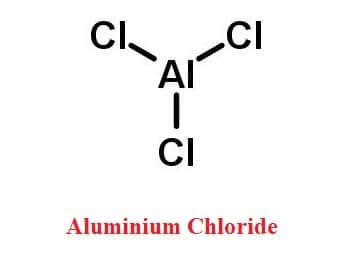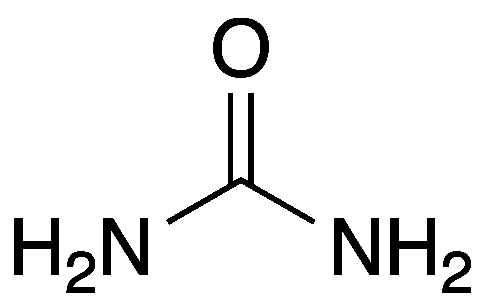Physical weathering also known as mechanical weathering is caused by the effects of changing temperatures on rocks, causing the rock to break apart. Water is sometimes helpful with the process. Physical weathering occurs most often in areas with little soil and few plants, such as mountain ranges and hot deserts. It happens as a result of repeated melting and freezing of water (mountains and tundra) or expansion and contraction of the sun-baked surface layer of rocks (hot deserts). a tree growing out of a rock is an example of physical weathering.

Physical weathering occurs when physical processes, such as temperature change, or when the rock is exposed to the effects of wind, rain, and waves, affect the rock. Water can enter cracks in a rock and freeze, causing the ice to expand and push the cracks apart.
Abrasion is the primary process in physical weathering (the process by which clasts and other particles are reduced in size). Temperature, pressure, frost, root action, and burrowing animals can all cause physical weathering. Physical weathering, for example, will increase the surface area exposed to chemical action, accelerating the rate of disintegration.
Following are five common ways in which physical weathering happens
Rapid temperature fluctuations, such as day and night cycles, can cause individual grains in rocks to expand and contract at different rates during the thermal expansion process. Individual grains can be squeezed from the rock surface, or fractures can form to relieve stress.
Sheeting occurs as a result of pressure release as an overburdened rock is eroded away. As the pressure is released, the rock expands, forming concentric layers of cracks within the igneous body. Weathering eventually breaks these layered “sheets” apart.
When water with dissolved salt penetrates cracks in rocks, salt crystal growth begins. Salt crystals form as the water evaporates. These crystals grow and push against the existing grains in the rock, eventually breaking it.
Frost wedging occurs in polar regions and mid-latitude mountains where sunlight melts water during the day and refreezes it overnight as temperatures drop. Frost wedging is caused by the fact that when water freezes, its volume increases by about 9%. Water percolates through existing cracks in a rock. Cracks widen and extend as a result of the pressure exerted by expanding ice. This process is then repeated as melted water fills and freezes newly formed cracks.
Abrasion is the wear and tear on rock particles caused by friction caused by water, wind, or ice. The continued exposure to these elements erodes the exposed surfaces of the rocks. It is the combined action of wind, ice, rain, and waves on the rocks.
Table of Contents
More Interesting Topics
What Temp Does Water Freeze?
Density of Water in g/ml-Accurate Value
The Density of Water lbs/U.S gal
Chemical Weathering
How Much Does a Gallon of Water Weigh?
- BCl3 Lewis Structure in four simple steps - November 1, 2023
- PH3 Lewis Structure in four simple steps - October 8, 2023
- PF3 Lewis structure in four simple steps - September 24, 2023



